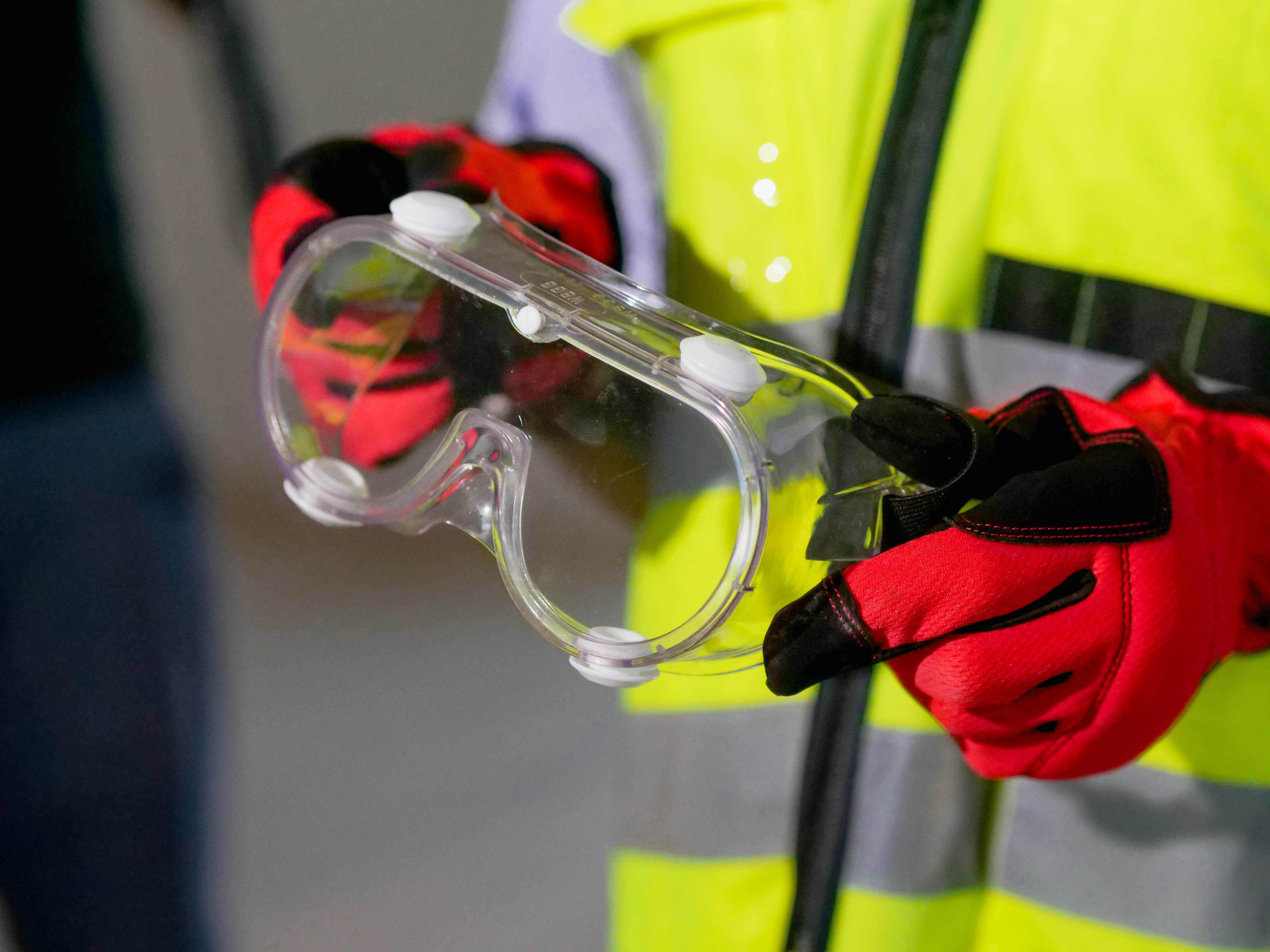ARTICLES
Eye Protection
Eye injuries from dust and particles, welding light, and chemicals are common on jobsites. Often these injuries occur because workers are wearing the wrong eye protection or none at all. Although some eye injuries are minor, even a simple scratch from wood, cement, or drywall dust can cause lasting pain. Metal slivers from a grinding wheel or rebounding nails from routine hammering and carpentry can puncture the eye and lead to vision loss. Welding light can cause “welders’ flash” that burns eyes and surrounding tissue. Nearby workers and bystanders are also at risk. Work-related eye injuries can have life-long consequences
Remember This
• Identify eye hazards before you start work.
• Always wear the correct eye protection for those hazards.
• Wear safety glasses marked with “Z87+” on the frame or lenses, as an indicator of impact protection.
• Use vented goggles for dust, such as cement dust, and non-vented goggles for chemicals.
• Use face shields with safety glasses or goggles for protection from flying objects or chemical splashes.
• When welding, use a welding helmet or goggles with the correct lens shade for the job (shade 10–14 for arc welding; 4–8 for gas welding; and 3–6 for torch brazing). Helpers and bystanders also need UV protection.
• Take care of your eye protection and replace it when damaged.
• Do not rub your eyes if injured by small particles such as wood, cement or drywall dust, or chemicals. Use the eyewash station. Rinse with clean water for at least 15 to 20 minutes.
• Get medical help for cuts, punctures, and objects in the eyes such as metal slivers, rebounding nails, or wood shavings. Do not wash out your eyes or try to remove objects yourself.
